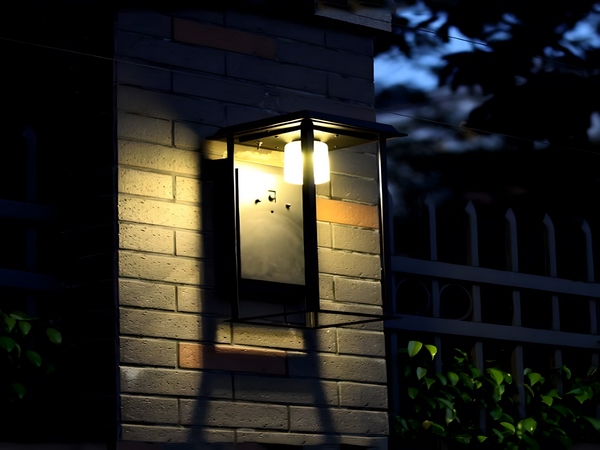
When testing high-pole lights, there will be various configuration methods. Currently, many people may need to consider several issues during the setup process. It is essential to take into account different system conditions. Therefore, what systems are involved in high-pole lights? When setting them up, an effective analysis should be conducted based on the specific circumstances.
Elevating System

The elevating system of high-pole lights uses three steel wires to effectively connect the movable lamp panel. Typically, they are connected through an electrically controlled lifting device, and during the elevation process, the overall movement of the lamp panel is driven by transmission pulleys. The structure of the lifting mechanism can utilize a turbine rod or other gear combinations. This lifting design performs relatively well without experiencing pulley issues. The movable lamp panel features several positive crossover wheels, allowing for a particularly balanced elevation of the entire lamp panel.
Electrical System

The electrical system of high-pole lights can be divided into many different components to effectively control the lighting. Additionally, the operation of the elevating system must be managed correctly. When raising or lowering the movable lamp panel, it is necessary to operate according to the current electrical system. Protective devices such as leakage protectors and related components should be included in the setup to enhance safety performance, and the circuit can also offer short circuit protection.
Lightning Protection Settings
During the installation of high-pole lights, a systematic approach is often taken that includes the installation of lightning rods on top of the lights.



